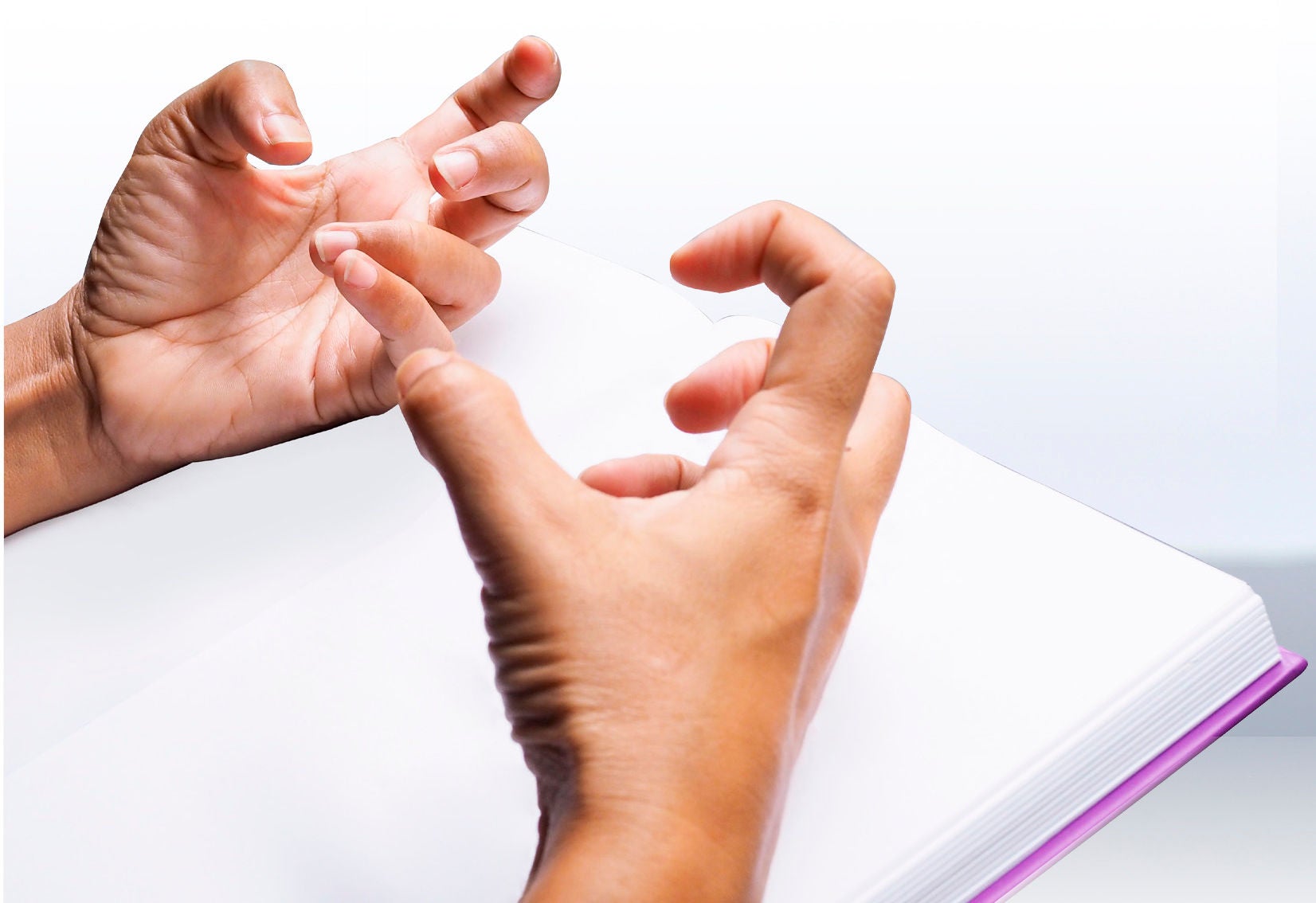
Muscles stiffen during a seizure, causing jerking body movements.
Seizures are more common than you may realise, with nearly one in 10 people experiencing one within their lifetime. Dr Sheila D/O Srinivasan, Senior Consultant, Department of Neurology, NNI, shares more about seizures and epilepsy.
Watching a seizure can be frightening, but they rarely cause permanent damage to the brain. A seizure, or fit, happens when there is a sudden, uncontrolled burst of electrical activity in the brain. This causes temporary changes to body movements, sensations, thoughts, and emotions. People who have had two or more seizures may be diagnosed with epilepsy. Epilepsy can start at any age.
There are many different types of seizures. The most common and recognisable are tonic-clonic seizures, where the person may suddenly lose consciousness before the body starts jerking and shaking rapidly. “The person is not aware of what is happening or able to control the seizure. Once it ends, they may feel extremely tired and experience muscle aches for several days,” explains Dr Sheila D/O Srinivasan, Senior Consultant, Department of Neurology, NNI.
For a large proportion of patients, their seizures have no cause. In some patients, seizures can occur because of damage to nerve cells in the brain that leads to electrical disturbances. This can happen after a head injury, brain tumour, ischaemic or haemorrhagic stroke (which stops blood flow to the brain), poisoning, and infections.
Among some people with epilepsy, the risk of a seizure recurring can increase with certain external factors, such as lack of sleep, stress, infections, flashing lights, loud noises, and alcohol consumption. So treatment for epilepsy includes identifying and avoiding triggers, as well as taking regular medication.
Medication is not a cure; it can only help to control seizures. In some cases, surgery may be needed to remove the part of the brain where the seizures begin. However, surgery is not suitable for everyone, and doctors will tailor the treatment plan according to the patient’s needs.
Dos and don'ts during a seizure
Peng Xuejuan, Nurse Clinician, NNI, explains what you can do to help someone who is having a seizure:
Do:
- Stay calm.
- Time the seizure.
- Place something soft under the person’s head and
loosen any tight neckwear. - Remove any sharp or hard object that may be nearby.
- Turn the person on his/her left side (recovery position) when the seizure is over.
- Stay with the person for at least 15–20 minutes after the seizure to ensure his/her breathing has normalised and he/she has regained consciousness.
Don't:
- Place any object in the person’s mouth.
- Restrain the person.
- Move the person unless he/she is in danger (e.g. in the middle of the road).
Call an ambulance if:
- The seizure lasts longer than usual for that person.
- The seizure lasts longer than five minutes and you are unsure how long seizures usually last for that person.
- There are repeated seizures and the person remains unconscious.
- It is the person’s first seizure.
- An injury occurs during seizure or the seizure occurs in water.
- The person is pregnant.
- The person has difficulty breathing after the seizure.
To find out more about epilepsy, click here.
This article was published in the National Neuroscience Institute's NeusLink magazine, which covers articles about NNI updates and brain, spine, muscle and nerve conditions in English and Chinese - to read more articles click here!













 Get it on Google Play
Get it on Google Play